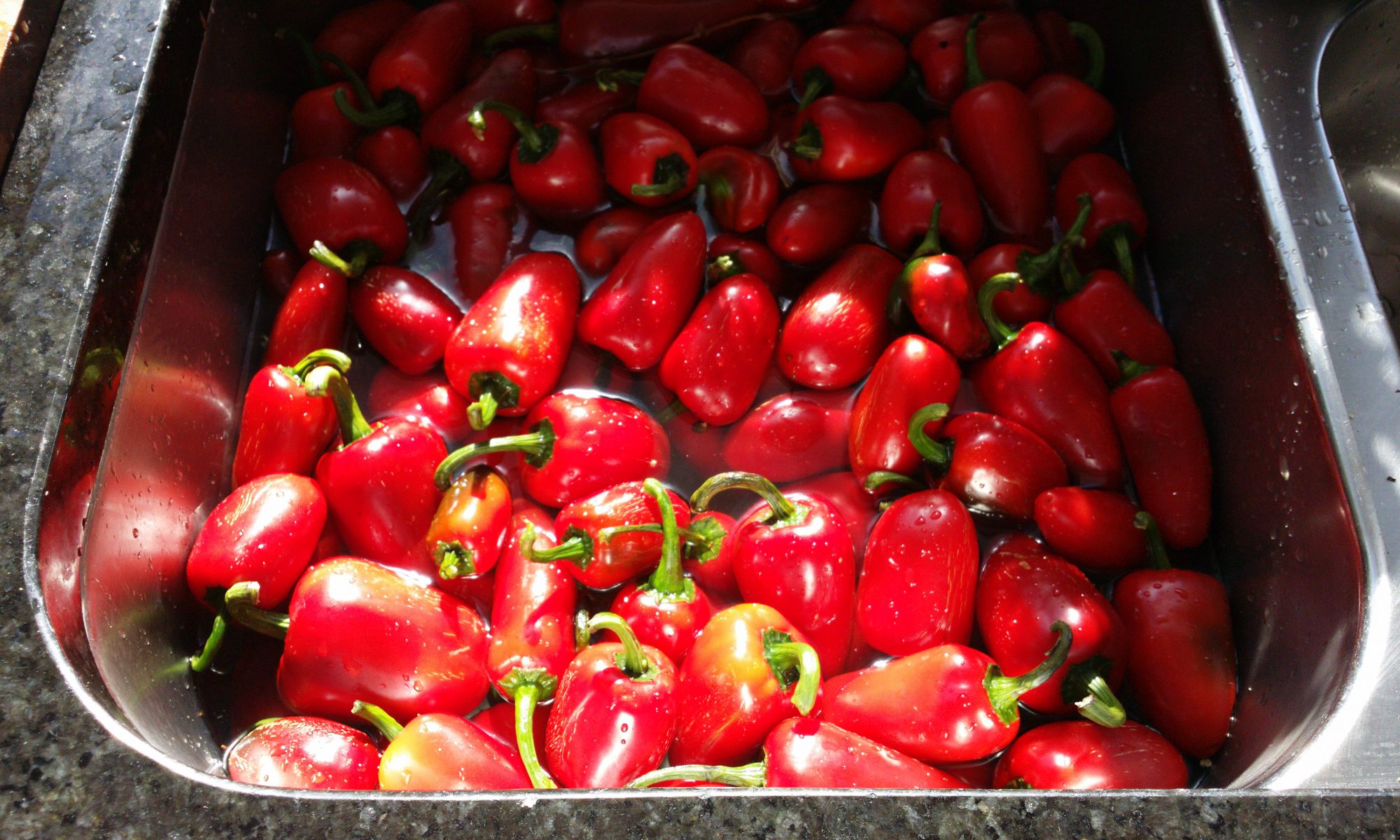
We arrived from the airport by cab and checked in to the Hearth Hotel, on Via Santamaura, right next to the Vatican museum gate. A good spot and very handy by foot and Metro to the rest of the city.
A walk about took us to Saint Peter’s Square, and then up to the nearby Jainiculum (Gianicolo) in order to unlock the first of many Respighi achievements, Pini di Roma: III. I pini del Gianicolo. It is one of several hills around Rome, and mostly a public park, with many sculptures and busts of historical Italian figures dotted about.
Later in the afternoon we wandered into Trastevere district, which has lots of art shops and restaurants on either side of old cobbled Roman streets. Along the way we entered Santa Maria in Trastevere, a Roman basilica dating back to the fourth century A.D. Its beautiful gilded ceilings and Cavallini mosaics are a stunning sight.
The next day we went on a guided tour around the Colosseum and Roman Forum, and another around the Spanish Steps, the Trevi Fountain (Respighi achievement unlocked, Fontane di Roma: III. La fontana di Trevi al meriggio) and the Pantheon. A big full day, but thoroughly worth it.
The ancient Romans had figured out how to make strong concrete (opus cæmenticium) using volcanic ash. Unlike the modern technique of using gravel aggregate and pouring it into place, they used it more like a mortar, to lay bigger bits of baked clay bricks or rubble together. The Colosseum was built using brick and concrete around 110 A.D. and must have been a beautiful spectacle in brilliant white travertine, and festooned with many marble sculptures and reliefs.
Whilst it did fall into disuse after the fall of the Roman Empire, its current dilapidated state is mostly due to its deliberate dismantling over the following thousand years by builders, who raided its marble statues and outer cladding blocks in order to build other Roman buildings, including much of what is now Vatican City.
The Pantheon is the largest unreinforced concrete dome in the world, built in 120 A.D. with a diameter of 43 metres. It was built using pumice as the aggregate towards the top, to reduce the load on the lower structure.
It is truly remarkable that, despite the Italian peninsula being prone to large earthquakes similar to New Zealand, these buildings are still standing after two thousand years.

Along the way we observed that in Rome at least, road rules are mostly optional, and most cars seem to be fitted with broken indicator bulbs. Drivers do stop for pedestrians though, which was a relief. Just around the corner from the hotel was a great restaurant where we could use our colourful Euro beer vouchers to buy great Italian food and local wine, including an IGT red wine from the Lazio region, a Cesanese called Propileo, which has been somewhat hard to track down since. Inevitably, I tried a local dish called Cacio e pepe.
Cacio e pepe
Like many Italian dishes, cacio e pepe (literally “cheese and pepper”) is a fantastic yet deceptively simple dish: pasta served hot straight from the pot with a generous handful of finely grated cheese and black pepper. This restaurant added a squeeze of lemon juice, which makes it exquisite.
Ingredients:
- 450 g (1 lb) of fresh pasta (spaghetti, tagliatelle)
- 180 g (6 oz) Pecorino Romano*
- 40 g (1½ oz) butter
- about 1 tsp freshly ground black pepper, to taste
- lemon juice to taste (optional)
Bring plenty of salted water to a boil in a big pot and cook the pasta for 2-3 minutes until just tender. Grate the cheese with a fine grater. Melt the butter in a frying pan and fry the pepper for a minute or so. Using tongs drop the cooked pasta into the frying pan with about 100 ml (½ cup) of the hot pasta water, stir to coat well, then dump the cheese on top, and stir until melted. Serve immediately in bowls, garnish with a squeeze of lemon juice and a little more ground black pepper. Match with a good red wine with a food-friendly acidity.































You must be logged in to post a comment.